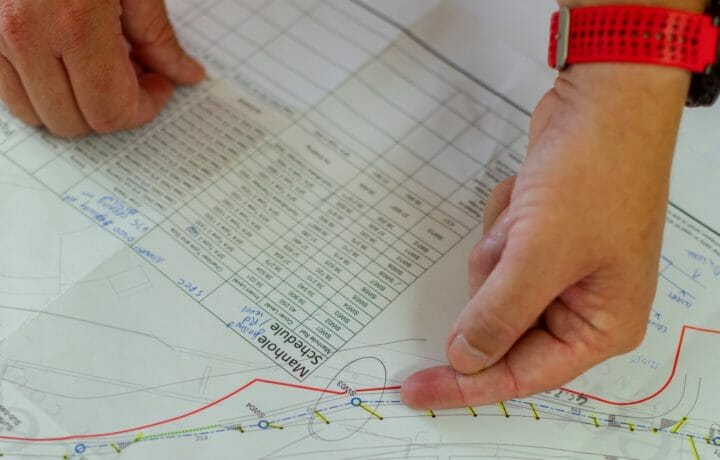No one can define themselves as a futurist because it’s all changing so fast. All you can hope to do is to create your own lens through which to see the future.
That was the message from Thomas Koulopoulos, keynote speaker at FOSE, an annual gathering of government IT professionals in Washington, D.C. Koulopoulos is the author of “The Innovation Zone,” a book that outlines how innovation can be “learned, refined and developed.” Here is a summary of his remarks:
Connections are the key to everything. By 2020, there will be 100 billion connections. Today, most of these are machine-to-machine connections. Human brain has 100 billion neurons… interesting coincidence. In the cloud, we’re creating a new kind of intelligence. This will happen within a few short years. So, how do we surf this tsunami rather than being consumed by it?
What’s your image of the world? The natural earth? Google earth? In the future view of the world, distance and time are irrelevant. We need to deconstruct the present in order to understand and imagine the future. To a little kid, a magazine is a broken iPad. Our behavior is shaped by the world around us. We can speculate the evolution of technology, but we can’t predict how it will impact behavior.
How do we take the technologies that we have and create more value by focusing on connections that they can enable? The cloud = everything as a service. What will that look like….?
In the future, behavior will become the most tradable commodity. Behavior will be the biggest asset in the future. What does this look like? What makes this meaningful for the consumer?
Connections + Data + Behavior = Intelligence
There are 6 indicators for the future:
- Architected serendipity. Semantics enable us to make meaningful connections in the world of big data. Semantics enable us to understand the meaning in the connections, even if we have not yet defined the connections – the unknown connections create innovation and value. It’s architecture for uncertainty.
- Mass innovation. When scale and growth increase, flexibility decreases. How do we change this? The cloud is the great disrupter. We are no longer attached to given assets. Supply and demand matrix:
Mass production — mass consumption — mass personalization — mass innovation
In mass innovation, we’re able to build new supply chains based on new behaviors in order to meet the needs of new constituents before even knowing they exist. It’s an accelerator effect.
- Big data: Enables us to know the context, not just the incident. For example, in a car crash, OnStar can predict the types of injuries victims have based on the way the crash happened and, thus, deploy the appropriate emergency responders.
- Value & risk alignment: Animoto scaled from 50 to 3,500 servers in just three days. Small businesses have huge opportunities here. Think about business model in which if you generate value, you pay for it; if you don’t generate value, you don’t pay for it.
- Four derivative innovations: device — data — experience. Getting value as defined and determined by YOU. This is the expectation of the next generation.
- The new work: There will be a great deal of friction with five generations working together, anywhere, anytime, in any way. Work will become increasingly more team-oriented. The next generation doesn’t WANT to solve problems alone. They WANT to solve problems collaboratively. This yields better results. The future is not a solo flight.
Maxine is a business and digital strategy consultant. She helps public and private sector clients embrace social media and other collaborative technologies and principles to improve organizational efficiency and effectiveness. She helped to launch the U.S. Department of Defense’s Emerging Media Directorate, co-authored DoD’s Web 2.0/social media policy, and founded Government 2.0 Camp.




